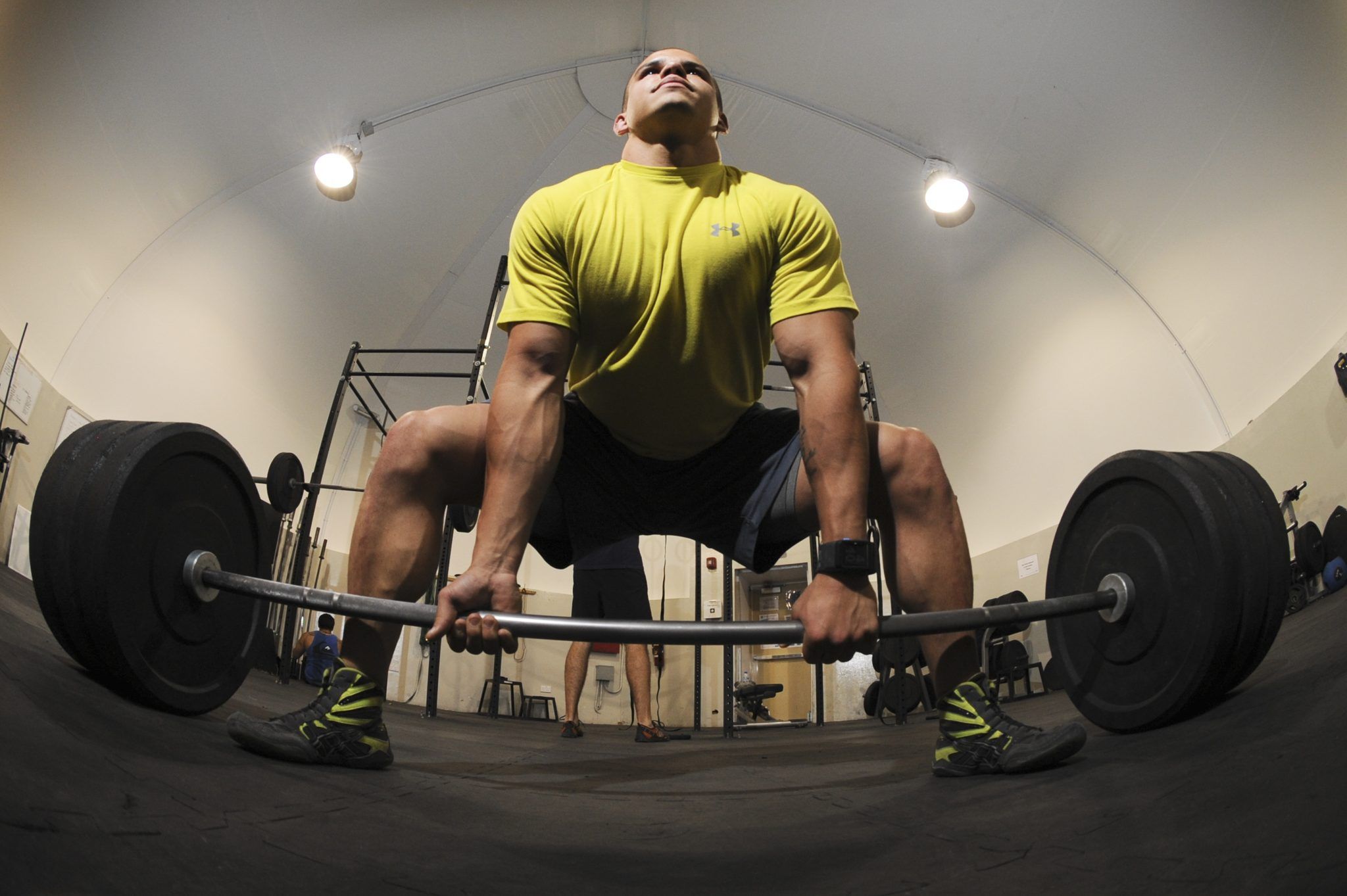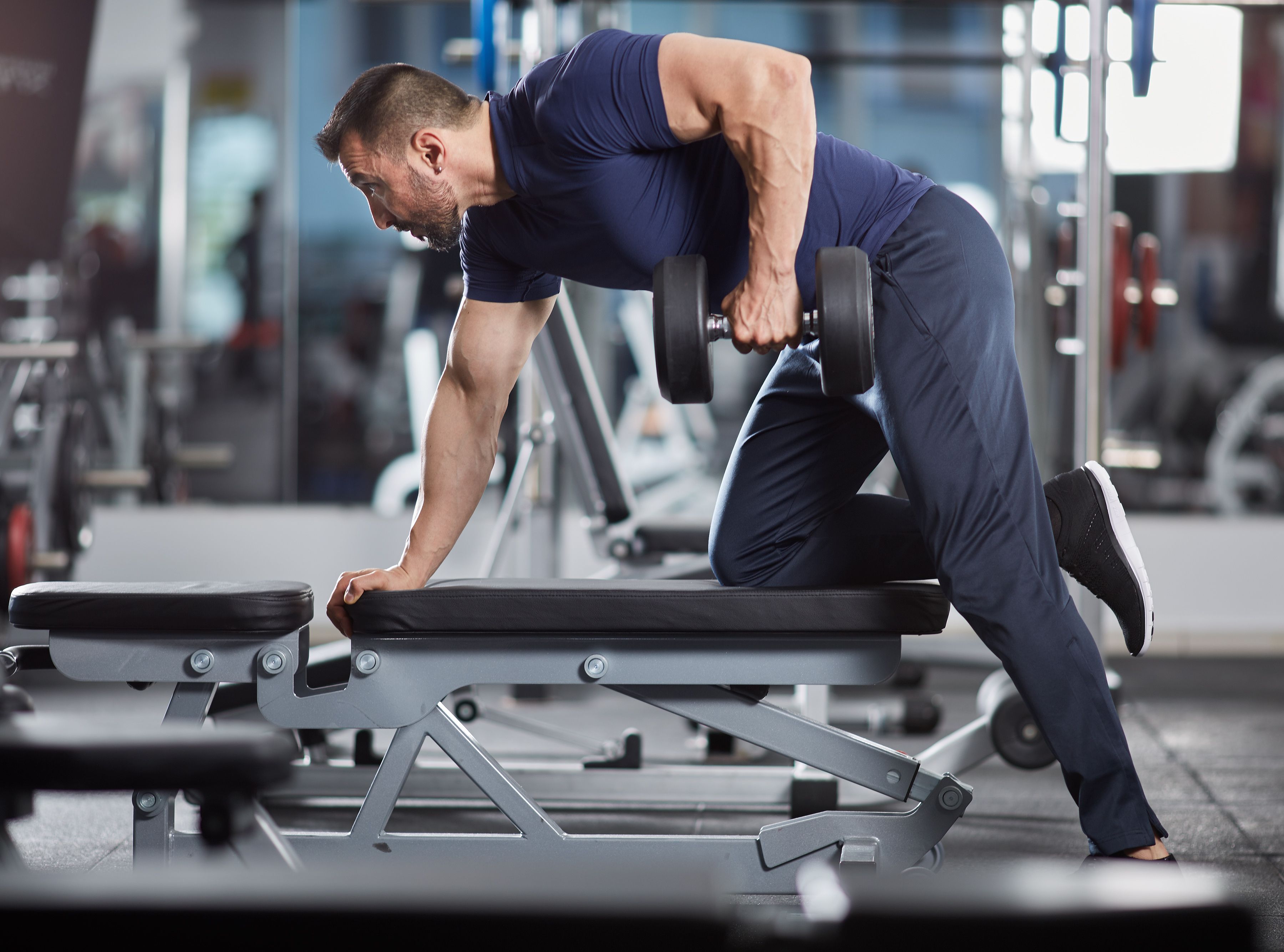Struggling with your deadlift? Take on these tips from a strength coach who has led teams to world titles in two different sports
The deadlift taxes the body in a way no other core lift does, putting stress on your grip, quads, hamstrings, glutes, spinal erectors, and pretty much every muscle in the upper back and traps region.
If you’ve hit a wall with your progress, try implementing one or more of these top five tips to get extra weight on the bar.
They come from strength coach Mike McGurn, who has worked with Ireland Rugby Union, the All Blacks and a number of Premier League and rugby league sides.
1) Strengthen your posterior chain
The posterior chain is the entire musculature that spans the length of your body’s posterior (rear) side. Muscles here include the traps, the erector spinae group, glutes, hamstrings and even the calves. But McGurn also includes the upper back in this group.
“I also include the upper back muscles as part of the kinetic chain as they play a key role in stability. It is strikingly obvious that strengthening these muscles will strengthen your deadlift.”
McGurn’s preferred exercises for strengthening the posterior chain are the glute ham raise (GHR) and good morning. Here is American powerlifter Mark Bell demonstrating the GHR.
2) Deadlift from different heights
The deadlift can be broken down into distinct sections. Working on these can boost your strength, McGurn says.
“Deadlifting with rack pulls or different height blocks allows you to focus on overloading a certain section of the lift, such as the lock out or the transition over the knee.
“Avoid pulling from heights above the knee. They can be over-used and can become an ego lift.”
For those of you who find pulling from the floor tougher than the lock out, use deficit pulls instead.
McGurn says: “The deficit deadlift is performed while standing on a small block or a couple of plates. Its purpose is the increase the, range of motion (ROM), making the lift much harder from the pick up, through the transition and all the way up to the lock out.”
The hardest way of doing an exercise is often the most beneficial, McGurn believes.
“Running deficit deadlifts instead of standard deadlifts for a few weeks will make the weight feel more manageable when you return to standard deadlifts.”
3) Change your stance and grip
Although there is a standard deadlift, there is more than one way to perform this lift.
McGurn says: “There are two different stances used for the deadlift – conventional (narrow stance, grip just outside knees) and sumo (wide stance, narrow grip).”
These two stances are essentially the same exercise, but function slightly differently.
“For the conventional deadlift, your feet should be inside shoulder-width and your grip taken very slightly outside the knees. The sumo stance will put more emphasis on your hips, while the conventional deadlift, places more stress on the low back.
“Don’t be scared to try new things and experiment with different stances and grips.”
4) Increase your upper back strength
As is the case with virtually any other compound lift, the deadlift is about generating force throughout your full body. If you imagine your body like a chain, one weak link along the way and your whole lift comes down.
The upper back is a common culprit in a weak deadlift, McGurn says.
“In many cases, this weakness occurs in the upper back. Here, force travels up as far as the upper back, but the musculature there is not sufficiently developed.”
This is what causes the rounded back you sometimes see when people deadlift incorrectly – a weakness in the thoracic spine.
McGurn says: “The best way to strengthen these muscles is to focus on barbell and dumbbell rows in addition to variations of chin ups. Bent over and T-bar rows with various grips are all you need with the barbell.
“With dumbbells, high rep, heavy weight dumbbell rows (a.k.a. Kroc Rows) are a tried, tested and proven method to strengthen the upper back.”
5) Train smart to keep progressing
According to McGurn, you should leave any ego at the door if you want to see long-term deadlift progression.
“Far too many lifters attempt to go into the gym and pull a one rep max every week expecting gains.”
McGurn has used the below programme to see super strength increases in the athletes he’s worked with in the past.
- Week 1: Work up to 4×3 @ 85% 3RM
- Week 2: Work up to 3×3 @ 90% 3RM
- Week 3: Work up to 2×3 @ 95% 3RM
- Week 4: DELOAD – 5×3 @ 70% 3RM
- Week 5: Work up to 4×3 @ 90% 3RM
- Week 6: Work up to 3×3 @ 95% 3RM
- Week 7: Work up to 2×3 @100% 3RM
- Week 8: DELOAD – 5×3 @70% 3RM
- Week 9: Attempt new 1RM
Don’t let the formula confuse you. If you can deadlift 100kg for three reps, then week 1 would see you perform four sets of three with 85kg. And so on.
If your deadlift progression has stagnated, putting this plan into action will boost your strength in no time.
Mike McGurn is a Bio-Synergy ambassador











































